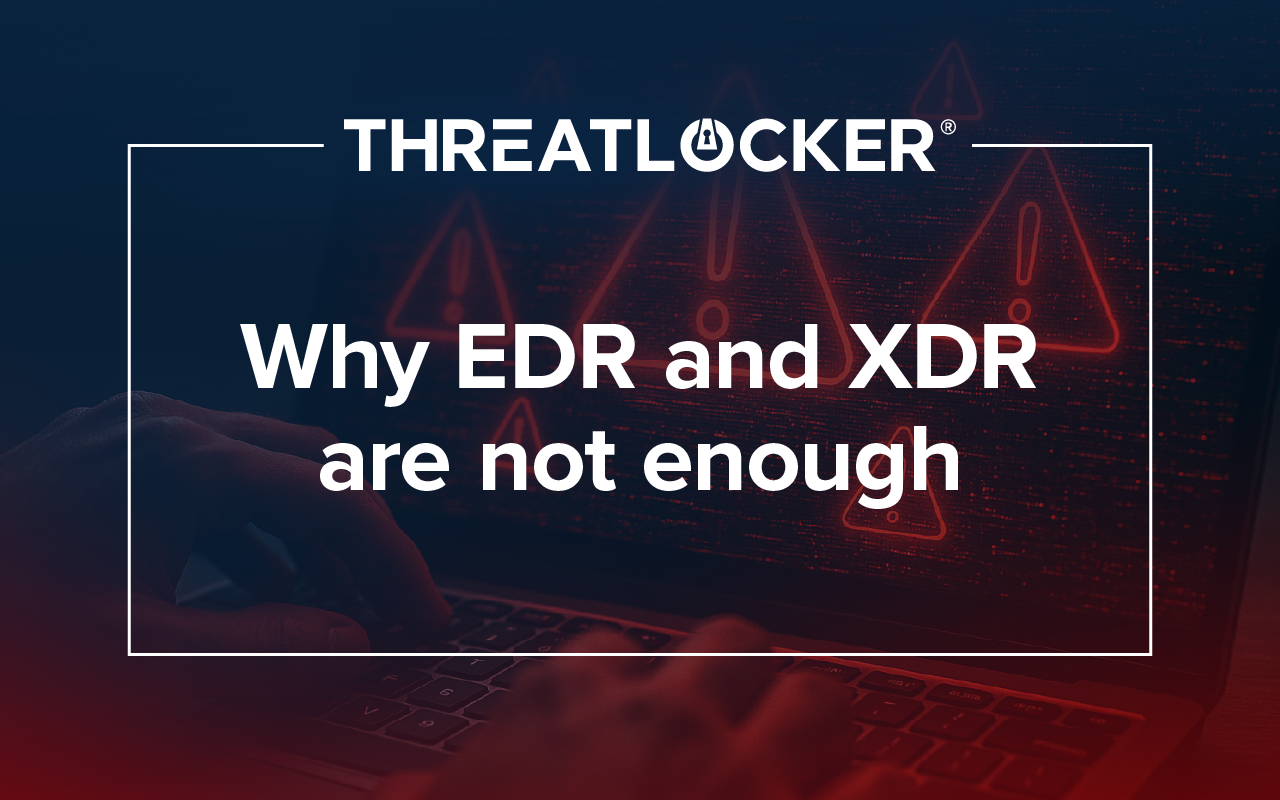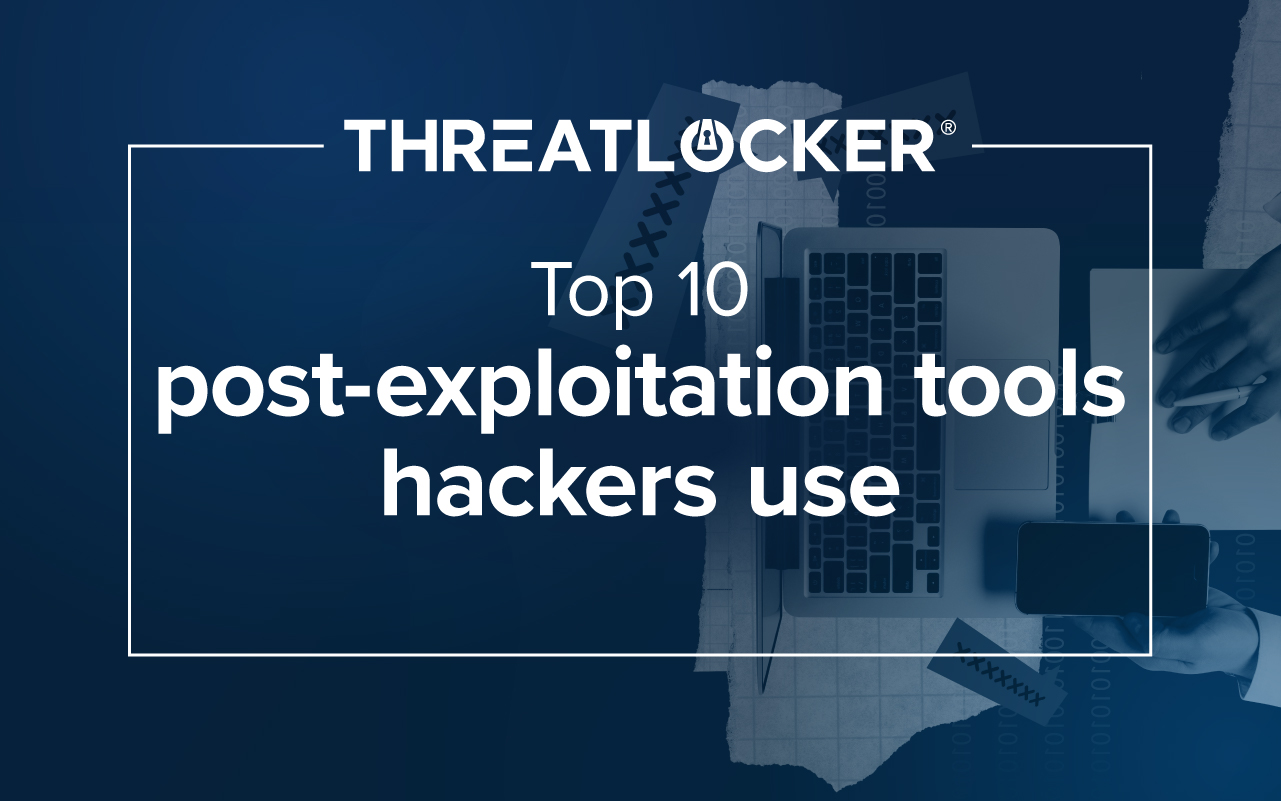Table of contents
The digital realm faces a new threat – AI in cybersecurity. What you don't know can harm you. As our digital lives become increasingly intertwined with artificial intelligence (AI), it is crucial to understand the potential pitfalls that come with it.
In this blog, we'll explore AI's expanding role in cybersecurity and highlight some often-overlooked disadvantages.
If you are curious about the hidden risks of AI cybersecurity solutions, read on to learn how to protect your enterprise effectively.
The prominence of AI in cybersecurity
Over the past few years, the costs of most types of cyberattacks across the United States have increased. The U.S. Government Accountability Office emphasizes that this increase is likely due to malicious actors becoming more willing and capable of cyberattacks.
Organizations are now taking action in response to rising cybercrime. Investing in cutting-edge technologies to detect and counter malicious activities is paramount. Artificial intelligence has emerged as one of these advancements, potentially fortifying networks against threats.
TechMagic reports, "The recognition of AI's potential has led 76% of enterprises to prioritize AI and machine learning in their IT budgets, driven by the immense volume of data that necessitates analysis to identify and combat cyber threats effectively."
How will AI affect cybersecurity?
Cybersecurity and AI are intertwined. Organizations are looking to AI to help do what humans can't: analyze vast amounts of network traffic and system activity to identify anomalous behaviors indicative of potential attacks.
There is hope that AI in cybersecurity can empower organizations to defend against increasingly complex attacks. But this is only half of the story.
These same tools now also lie in the hands of users with malicious intentions, making it much more difficult for IT professionals to stay ahead of cybercriminals. Threat actors can also benefit from leveraging AI to harm your organization.
Disadvantages of AI in cybersecurity
AI in cybersecurity may not be the silver bullet many organizations think.
That's because:
- Its effectiveness depends on the quality of the data it's trained on, and human oversight remains crucial to ensure responsible use and prevent unintended consequences.
- Cybercriminals – even those with limited programming skills have access to generative AI tools that can help them conduct sophisticated attacks.
Let us take a closer look at some of the significant disadvantages of AI in cybersecurity.
False positives and negatives
AI algorithms are a set of instructions or rules that enable machines to learn, analyze data, and make decisions based on that knowledge. AI can sort through massive piles of data to recognize patterns, detect anomalies, and even make decisions.
The caveat is that AI algorithms are only as good as the data used to train them. Cybersecurity professionals must utilize a variety of current, non-biased data sets of malicious codes, malware codes, and anomalies to "train" AI. This practice is a heavy lift and still does not guarantee accurate results.
AI has the potential to generate false positives (flagging benign activity as malicious) or false negatives (missing actual threats). These slip-ups are one of the most significant pitfalls of AI technologies that can be incredibly costly for organizations.
Vulnerability to adversarial attacks
Adversarial attacks showcase the ongoing arms race between attackers and AI defenses.
Forbes explains that these attacks exploit vulnerabilities in AI systems, threatening their integrity, reliability, and security. Sophisticated attackers can manipulate AI systems by feeding them poisoned data or crafting specific scenarios to trigger false positives or bypass detection.
While AI is prone to errors and inaccuracies due to poor training or biased data, these attacks are intentional. A bad actor may add minor discrepancies to the input that are imperceptible to humans but cause the model to misclassify the data. This subtle manipulation can exploit specific vulnerabilities to the benefit of malicious actors.
Potential for weaponization
The most concerning disadvantage of AI in cybersecurity may be how malicious actors can wield it. While adversarial attacks are rather sophisticated, AI also enables bad actors who may not be well-versed in programming to conduct cyberattacks.
Here are a few examples of how AI can affect cybersecurity when cybercriminals use it.
- AI-powered malware: Not every bad actor can create malware, but AI-driven technologies can help. Attackers can use AI to generate constantly evolving malware that can evade traditional detection methods. This "living" malware can adapt its behavior to avoid detection by antivirus software and intrusion detection systems.
While generative AI often refuses to "provide specific instructions or code that could be used for malicious purposes," bad actors can circumvent this.
- AI-powered phishing attacks: Attackers can use AI to generate personalized phishing emails that are more likely to trick victims. These emails can be tailored to the recipient's interests, job title, and writing style, making them much more challenging to spot as fakes. This streamlined ability to curate phishing schemes can also increase the frequency of these attacks, making it difficult for organizations to keep up.
- Deep fakes: The ability of AI to create highly convincing deepfakes of real people can make social engineering attacks all the more convincing. Video or audio deepfakes can be used to trick victims into revealing sensitive information or granting access to systems.
- Privilege escalation: AI can analyze network traffic and system logs to identify vulnerabilities and potential paths for attackers to move laterally within a network and escalate their privileges.
Along with specific attacks, cybercriminals can also use AI to lurk in the shadows and identify vulnerabilities they can exploit. Technology can empower cybercriminals to target their efforts and maximize the impact of their attack.
In the wrong hands, AI technology can also help these threats avoid detection and defenses your organization has in place.
Data privacy concerns
Generative artificial intelligence tools are becoming commonplace in organizations, and not just for cybersecurity purposes. Employees may use it to ask simple questions and security teams can turn to AI to discover why their code is not working. The latter example is what recently happened to Samsung, resulting in a data leak.
Cybernews reports that a Samsung worker allegedly discovered an error in the code and queried ChatGPT for a solution. On two separate occasions, the worker revealed restricted equipment data to the chatbot and even once sent the chatbot an excerpt from a corporate meeting.
OpenAI explicitly tells users not to share "any sensitive information in your conversations" since the information users directly provide to the chatbot is used to train the AI. Therefore, any information shared with ChatGPT is no longer confidential.
This emerging threat is called a conversational AI leak. ChatGPT's usefulness often overrides security concerns, and employees may reveal sensitive data to receive a quick solution or response.
Additional disadvantages of AI in cybersecurity
As you can see, cybersecurity and AI are far from a match made in heaven. AI cybersecurity solutions are not fool-proof, and bad actors have access to many of the same tools to utilize this technology maliciously.
Here are some of the other drawbacks of AI in cybersecurity organizations should keep in mind:
- Lack of transparency: AI decision-making can be vague, making it difficult to understand why an event was flagged or how an attack was detected. This lack of transparency can make it harder to troubleshoot and improve the system.
- Bias and discrimination: AI algorithms can inherit biases from the data they're trained on, leading to discriminatory outcomes. This behavior could involve unfairly targeting certain user groups or overlooking threats from others. It can be challenging for security teams to provide completely non-biased data sets for algorithms to learn from.
- Resources: AI cybersecurity solutions can be costly and require ample time and attention. Training and running complex AI models requires significant computational power and expertise, which can be a barrier for many organizations.
- Overreliance: Overdependence on AI in cybersecurity can lead to neglecting human expertise and intuition in threat detection and response. Deep learning can't compete with the expertise of cybersecurity professionals.
Mitigate AI-related cybersecurity dangers
How will AI affect cybersecurity? While it's always evolving, we can see the danger that generative AI poses to the industry.
Understanding why it poses a risk – rather than being distracted by the ease or convenience of AI technology – is a crucial first step in protecting your organization. From there, organizations can continue to shore up their cybersecurity efforts and conduct proper training to mitigate these threats.
Take control of your cybersecurity with a free trial from ThreatLocker.






